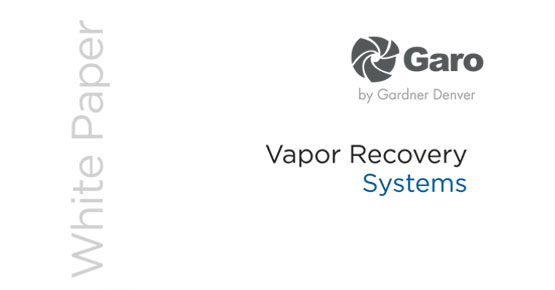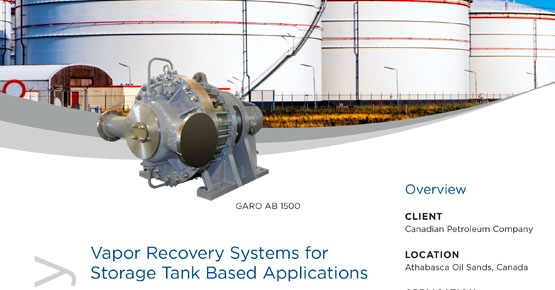Are there different types of Vapor Recovery Units(VRUs)?
Yes, there are two completely different pieces of engineered equipment for different applications that are both referred to as Vapor Recovery Units.
What is the difference between a mechanical and a carbon bed or adsorption type vapor recovery unit(VRU)?
The main difference between a mechanical Vapor Recovery Unit (VRU) and a carbon bed or adsorption type VRU lies in their operational principles and applications:
Mechanical VRU: A mechanical VRU is primarily designed for recovering tank vapors, which are gases formed when the liquid in a storage tank is heated by external temperatures and collects in the space at the top of the tank. The process involves compressing these tank vapors and then routing them to a pipeline that delivers the gas to another part of the facility or a sales pipeline. The key features of a mechanical VRU include:
- Application: Tank vapor recovery.
- Operation: Compresses the tank vapors.
- Target: Recovery of vapors generated during the storage process.
- Compressed Vapor Handling: Delivered to a pipeline for various purposes.
Carbon Bed or Adsorption Type VRU: On the other hand, a carbon bed or adsorption type VRU functions as a large filtration system. It is typically used to manage vapors that are generated during the loading of trucks, railcars, marine vessels, or tanks. Vapor is directed to the VRU, where it passes through a bed of activated carbon. The carbon bed adsorbs hydrocarbons from the vapor, allowing clean air to exit the system. When the carbon bed becomes saturated with hydrocarbons, a vacuum pump is used to extract these vapors, sending them to an absorber tower. In the absorber tower, the hydrocarbons are returned to a liquid state, making them suitable for reintegration into the tanks. The key features of a carbon bed or adsorption type VRU include:
- Application: Handling of vapors during liquid loading and unloading processes.
- Operation: Adsorption of hydrocarbons by passing through an activated carbon bed.
- Target: Recovery of vapors during loading/unloading operations.
- Compressed Vapor Handling: Conversion of adsorbed hydrocarbons back to a liquid state for reintroduction into tanks.
In summary, mechanical VRUs are mainly employed to recover tank vapors through compression, while carbon bed or adsorption type VRUs focus on capturing and processing vapors released during the loading and unloading of liquids using activated carbon beds and subsequent vapor conversion. The choice between these VRU types depends on the specific needs and processes of the facility, as they cater to different aspects of vapor recovery and emission control.
 Global (EN)
Global (EN)


